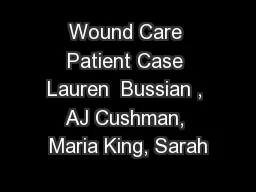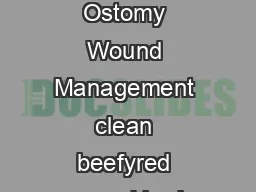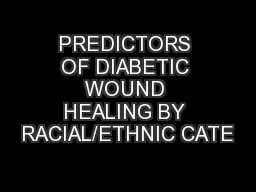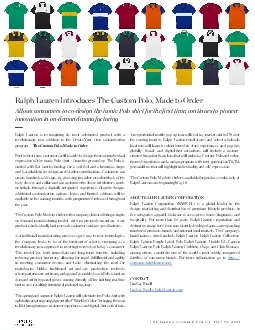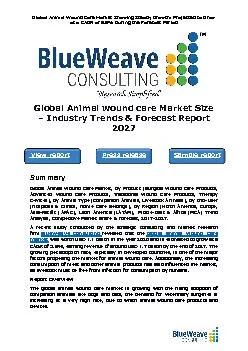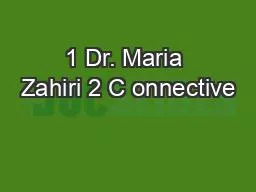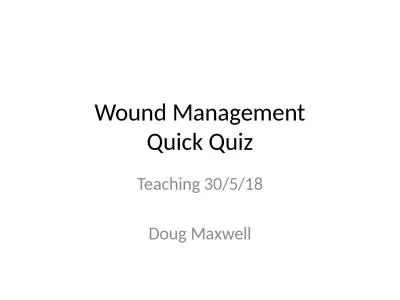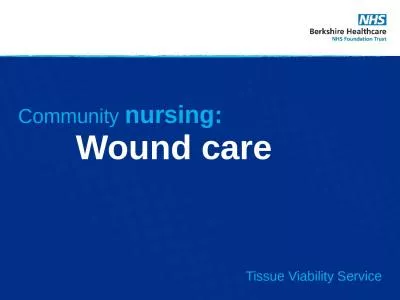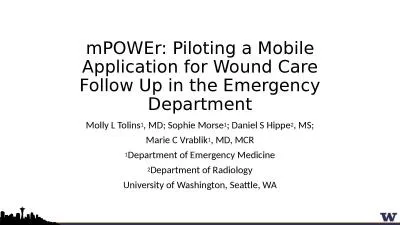PPT-Wound Care Patient Case Lauren Bussian , AJ Cushman, Maria King, Sarah
Author : danika-pritchard | Published Date : 2019-11-02
Wound Care Patient Case Lauren Bussian AJ Cushman Maria King Sarah Nockengost Bryce Shank The Patient 59 yearold female History of LE ischemia Lives with immediate
Presentation Embed Code
Download Presentation
Download Presentation The PPT/PDF document "Wound Care Patient Case Lauren Bussian ..." is the property of its rightful owner. Permission is granted to download and print the materials on this website for personal, non-commercial use only, and to display it on your personal computer provided you do not modify the materials and that you retain all copyright notices contained in the materials. By downloading content from our website, you accept the terms of this agreement.
Wound Care Patient Case Lauren Bussian , AJ Cushman, Maria King, Sarah: Transcript
Download Rules Of Document
"Wound Care Patient Case Lauren Bussian , AJ Cushman, Maria King, Sarah"The content belongs to its owner. You may download and print it for personal use, without modification, and keep all copyright notices. By downloading, you agree to these terms.
Related Documents

